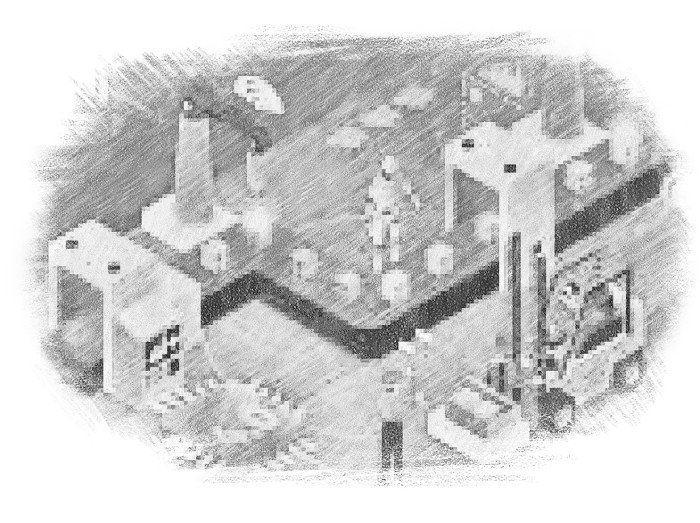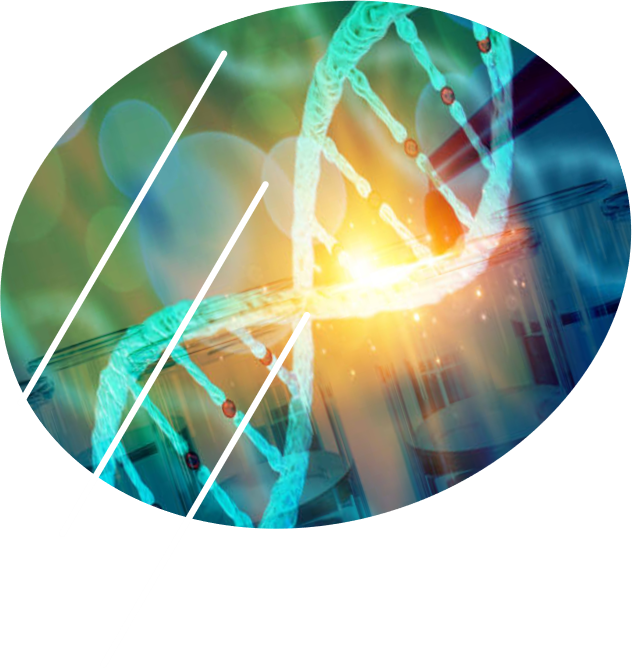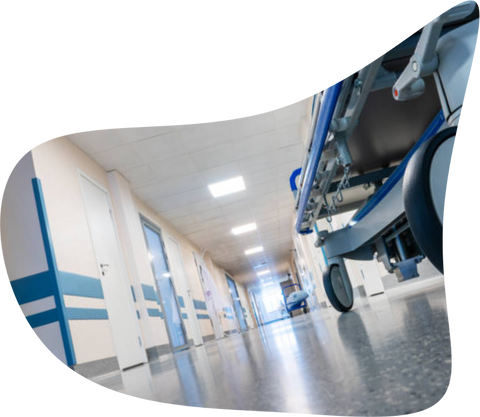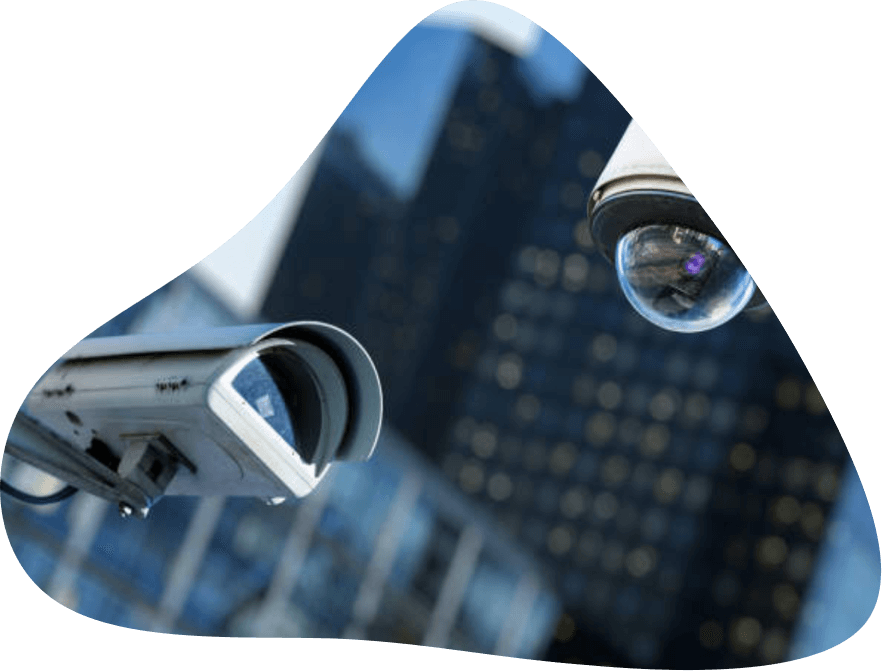IoT
Improve Industrial Operations, Enhance Enterprise Workspaces, Gain Greater Insights.
Retail
Accurate pricing with Electronic Shelf Labels (ESLs), In-Store Asset & Consumer Tracking. Intelligent Loss Prevention Tags.
FinTech
Deliver new personalized products and services. Fine-tune risk management and improve identification and authentication.
What is IoT?
Internet of Things (IoT) refers to any object, which is able to collect data and communicate and share this information over the internet. It is a network of physical objects—“things”—that are embedded with sensors, software, and other technologies for the purpose of connecting and exchanging data with other devices and systems.
IoT has become one of the most important technologies of the 21st century. The business possibilities are endless. A ‘thing’ can refer to a connected medical device, a biochip transponder, a solar panel, wireless or wired IoT sensors that can collect data about a road's condition, the weather, and wildlife-movement patterns, sensors to analyze credit risks, Electronic Store labels in a brick & mortar store, or any object, outfitted with sensors, that has the ability to gather and transfer data over a network. IoT sensors can be installed on existing traffic lights to improve the flow of traffic.
It's all about the data!
Life Sciences
Reimagine Clinical Trials
IoT can provide substantial value across the entire Life Sciences value chain, from Research and Development digitalization to enhancement of the patient experience. With rising costs of drug and medical device development, in addition to pressures to lower prescription and procedural costs, the Internet of Medical Things (IoMT) market has grown rapidly. Life Sciences companies can derive greater value during R&D and Clinical Trials through the convergence of smart connected products and advanced analytics. IoMT has also delivered tremendous value for patients and medical device manufacturers.
From predictive and prescriptive insights that can drive the creation of new business models and differentiated offerings, further decrease product downtime, and optimize business processes to Extended Reality capabilities that transform product service and support, significantly elevating customer experience – the impact will only grow.
IoT and IoMT can boost operational efficiencies across the four Life Sciences verticals:
- R&D – Smart Labs and Connected Clinical Trials Monitoring
- Manufacturing – Drug & Environmental Control, Production Optimization, Predictive Maintenance
- Supply Chain – Drug Fraud Analytics and Prevention, Drug Distribution Management & Monitoring
- Patients – Patient Compliance & Adherence, Continuous Monitoring.
Personalized Medicine
Improve Patient Outcomes and use the data to improve drug development cycle.
Remote Monitoring
Use real-time manufacturing processing data remotely for predictive analytics and manufacturing optimization
Counterfeit Countermeasures
Eliminate drug counterfeiting using intelligent identifiers. Instant digital record from manufacturing to sales.
Provider
Towards a more integrated e-Health Reality
One of healthcare’s most extraordinary feats is keeping people safe and campuses secure. IoT devices can monitor the hospital infrastructure. IoT is a powerful tool to enhance the effectiveness of infection control program as it can provide room level monitoring, pinpointing areas of the building in which environmental conditions could potentially impact the growth of bacteria (high humidity) and viruses (low humidity).
IoMT devices have made remote monitoring in the healthcare sector possible, unleashing the potential to keep patients safe and healthy, and empowering physicians to deliver superlative care. It has changed people’s lives, especially elderly patients, by enabling constant tracking of health conditions.
With IoMT, clinicians can keep track of patients’ health and adherence to treatment plans. IoT enables healthcare professionals to connect with patients proactively. Data collected from IoT devices can help physicians identify the best treatment process for patients and reach the better outcomes.
Remote Health Monitoring
Remotely assist patients with prescriptions, medication, and measure their biometrics.
Pharmacy Management
Error-free drug dispensing, security, and reduction in operating expenses.
Connected and Smart Hospital
Remotely Monitor and Manage critical medical devices and equipment for peak performance..
Payer
Moving onto a Whole New Level of Member Engagement
Imagine having a direct link to a member that helps identify their health trends. Combined with member incentives, IoMT can provide a look into members’ behavior around-the-clock through wearables such as Nike+ FuelBand, FitBit, and Apple iWatch. These insights can lead to demographic trends that help improve the health of a specific segment or population, and reduce Payer expenses. Payers could assess risk or gain a clear perspective on what motivates the member to get healthier.
Several large employers have created programs that reward employees for healthy lifestyles as documented by their daily activity, calorie burn, heart rate, and sleep pattern history. Such data can be collected 24x7 in real-time using IoMT. IoMT also plays a role in post-operative procedures by detecting poor physical recovery after major operation.
Insights from IoMT technologies could expedite how Payers position a product or service to their customers, ensuring that they are always providing timely and proactive advice and demonstrating that they care about their members.
More Accurate Underwriting
Better gauge on cost of each new member. Accuracy in marking individuals as high-risk. Avoiding unnecessary full medical underwriting
Loss Prevention Through Wellness Programs
Real-time data can point to higher-risk metrics and alert Payers to get the correct members enrolled in prevention programs.
Marketing
Position Products and Services based on data insights.
Financial Services
The Derivative Effect
IoT allows making products and services more personalized; more centered around the customer’s needs and preferences. IoT sensors used in telematics and homes can help insurance companies tailor and insurance products based on usage and trends. Banks can simplify contactless payments using IoT; such as tapping a watch on a terminal to complete a transaction. Silent authentication of clients is another application of IoT, where banks could use heartbeat patterns and voice authentication as an added security measure.
Financial institutions could also leverage beacon technology that connects with nearby mobile phones or wearables to provide services based on the device’s location. This could be a great tool to market services and help users find a nearby ATM.
Financial Services can make IoT technology pay off by leveraging data analytics. IoT offers an opportunity to gather more information on customers, offer more personalized experiences, and improve efficiencies. For example, retail banks could use this data to identify ideal locations to open branches and upsell related products.
Usage based Auto Insurance
Measure the driver’s behavior and dynamically adapt pricing.
Automated Payment Through Things
Banking on Wearables- contactless payment solutions including M2M (machine-to-machine) transactions.
Leasing Finance Automation
Real-time monitoring of wear and tear of assets as well as metrics like asset usage and idle time for pricing of leased assets.
Retail / CPG
Creating Trusted, Innovative In-store Experiences
New rules for engaging consumers have emerged in our always-on world. As shopper needs and demands change, today’s retailers need to find better ways of serving their customers — from inventory management to self-service delivery platforms to engaging new digital experiences.
Retailers are changing consumer expectations and how physical experiences now have a digital interface. IoT trends in retail are evolving how we shop, enabling more retail transactions across the globe. IoT can also be used to enhance customer satisfaction. For example, IoT sensors connected to a set of color-coded buttons allow stores to collect customer feedback in real-time - insights that can improve in-store customer experience.
We are witnessing a mass adoption of Electronic Shelf Labels (ESLs), which not only helps with instant pricing updates, but also reduces bacterial and viral contamination as there is less contact with the products.
IoT sensors are also being used by retailers to monitor goods throughout the entire supply chain. Tracking systems report valuable data such as location, temperature, humidity, shock & tilt, providing insights into quality control and traceability. IoT is also helping reduce loss due to spoilage and ensure food safety procedures are followed by accurately monitoring the temperature of food storage facilities.
Smarter Inventory Management
Automate inventory visibility by using RFID tags, store shelf sensors, beacons, and digital price tags.
Automated Checkout
Personalize checkout by reading tags on items as customers leave and automatically charge the customer’s mobile payment app.
Smart Mirrors
Smart fitting room mirrors can read tags and display availability of other colors/sizes and showcase complementary products.
Smart Cities
Secure. Sustainable. Scalable. Making Smart Cities Smarter.
Smart cities aren’t just a concept or a dream of the future. Thanks to the wildly innovative Internet of Things (IoT) solutions, many are already active and expanding rapidly. Despite the COVID-19 pandemic, people continue to move to or visit cities for several reasons, including employment opportunities, lifestyle, and more. Several cities around the world are using data to track things like air pollution, traffic, weather, and water quality. IoT devices are helping to improve the quality of life for residents while driving urban innovation forward.
The Smart City must continually evolve and stay ahead of demand. Smart cities use IoT devices such as connected sensors, lights, and meters and the technology provides the ability to remotely monitor, manage and control devices, and to create new insights and actionable information from massive streams of real-time data. The cities then use these insights to improve infrastructure, public utilities, services, and more.
Crime Monitoring & Prevention
Sensors combined with AI for gunshot detection, Connected vehicle technology to coordinate traffic lights for police officers.
Smart Waste Management
Smart sensors on dumpsters combined with predictive analytics, to ensure a cleaner and pest free city.
Accident Awareness and Safety
Embedded sensors on roadways to detect issues such as frozen bridges. Connected Vehicles to report accidents and congestion.
Unlock business value in a smart connected world with IoT
Organizations increasingly understand the potential of the Internet of Things (IoT) to grow their business yet limit themselves to narrow proof of concepts. As a result, many struggle to justify the full value.
Embracing technology was already key for business survival. It's even more important in our new normal. Implementing a smart, connected strategy using an IoT platform requires a comprehensive, integrated, yet practical approach, combining new technology, skills and capabilities supported by effective organizational change management. Leading a full-scale digital transformation is complex, and having an informed partner like Xenolytix by your side to provide guidance and support can help ensure that transformation is a success.
IoT FAQ
Got a question? We’re here to help.








